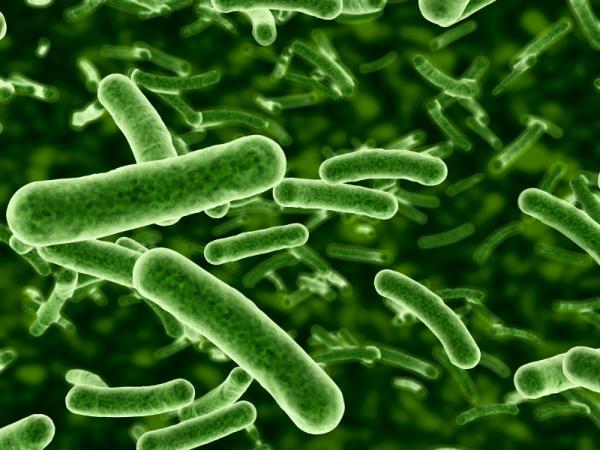Keywords:
By Domink Bell
Quality sample preparation is fundamental to the analytical process. No wonder it can take up to 60% of a laboratory technician’s time. Today’s robotic systems are turbo charging this process – especially when it comes to detecting residual antibiotics.
One of the growing concerns over the last few years has been the presence of trace residues and contaminants in food – and how to detect their presence and determine their extent.

Residual antibacterials in food are a particular worry as they are a risk to human health. This is because they can contribute to the transmission of antibiotic-resistant pathogenic bacteria through the food chain.
The EU and USA regulatory agencies have compiled a list of banned drugs, and authorized veterinary drugs (antibiotics) are not permitted above certain tolerance levels. There are also requirements in place, set by the EU Commission Decision 2002/657/EC, for the analytical methods to be used in determining the presence of veterinary drug residues in food and feedstuffs.
Enhanced performance provides many benefits
Powerful mass spectrometric detectors and innovative chromatographic technologies are sensitive and selective enough to meet the requirement for this type of analysis. However, sample preparation can be a bottleneck in these operations. Not only can it take a long time but it can also be a potential source of error.
Typically immunoassays can have an incubation time of several hours. This makes manual processing relatively slow, with only a few plates per day per lab technician. The good news is that recent developments in automation have led to major performance enhancements. These can lead to increased productivity of clinical laboratories, decreased operational costs, minimized (human) errors, and enhanced workplace safety for laboratory personnel.
The development of automated processes was, in the past, held back by the limited availability and high cost of third party devices (such as readers, centrifuges and shakers) controlled by the liquid handler operating software. Now that this has been overcome, lab automation is continuing apace. This breakthrough in performance is being applied to many areas, such as drug discovery, drug target biology, informatics, biomarker research, molecular diagnostics, bio-analytical chemistry and high throughput screening.
Automated sample preparation in practice
LCTech, based in Dorfen, Germany, has been developing and supplying products and methods for sample preparation and analysis since 1998. The focus is set on trace contaminant testing of food, feed, and environmental samples – as well as samples in the fields of forensics, doping control, and in the pharmaceutical industry. The company’s in-house developed product range takes full advantage of automated systems to simplify and speed up the preparation of samples for analysis.
Dr. Uwe Aulwurm, Head of R&D at LCTech, explained: “Our automated sample preparation system, FREESTYLE™, is designed for laboratories preparing complex samples for quality control testing and contamination screening. To meet the varied workflow demands of our customers, we designed a modular solution combining a general purpose liquid handling system with a range of different processing modules, which can be used individually or in combination. These included options for solid phase extraction, gel permeation chromatography and evaporation as well as two new modules that provide complete automation from raw extract to chromatogram with incredible sensitivity. Our latest development based on the robotic platform is FREESTYLE™ XANA™, an automated sample preparation system for water analysis. We weren’t looking to reinvent the wheel by developing our own XYZ robotic system, so we sourced a partner and components that seamlessly met our needs.”
For many laboratories, robotic systems are the way to go. And for good reason. They enable samples to be processed cheaper, faster and with more control over the quality of the result. As a result, automation is fast becoming the solution of choice to break through the sample preparation bottleneck.
Learn more
To find out more on Tecan’s automation components, visit www.tecan.com/components
Keywords:
About the author

Domink Bell
Dominik is Head of Tecan Labwerx, a business unit offering customized turnkey automation solutions for Life Sciences customers. Prior to joining Tecan, he worked in various roles in General Management, Corporate Strategy and Business Development with a focus on the Medical Devices sector. Dominik has a background in Aerospace Engineering and a PhD from the Institute of Robotics and Intelligent Systems at ETH Zurich. He is passionate about commercializing innovative solutions to enable Healthcare of tomorrow.










